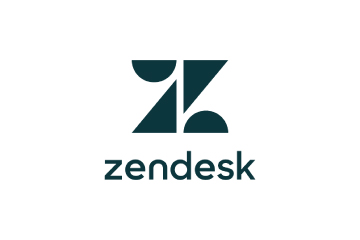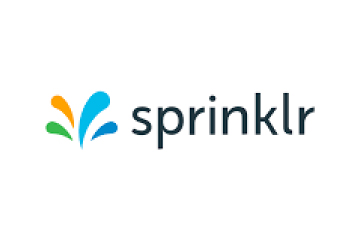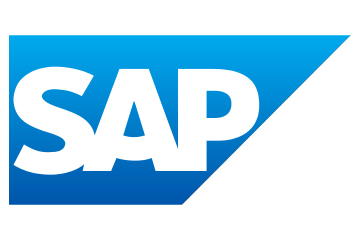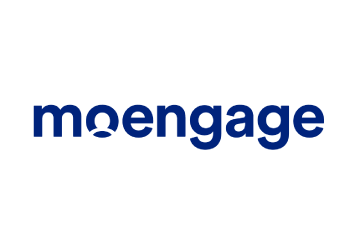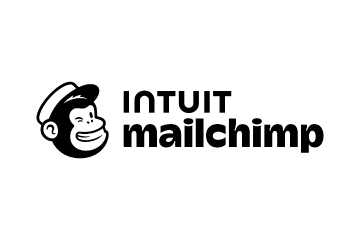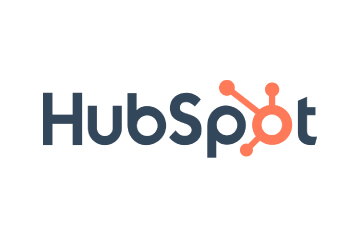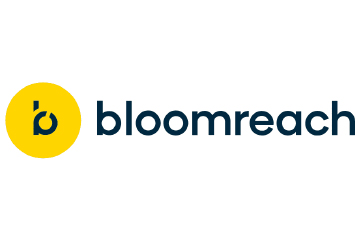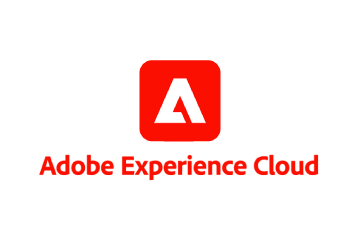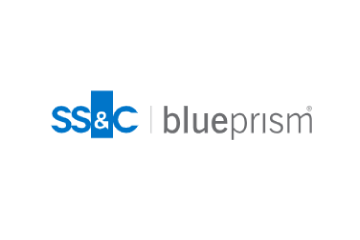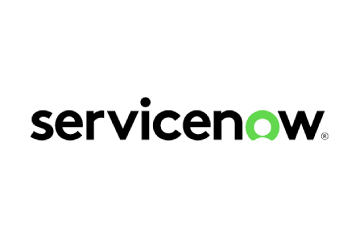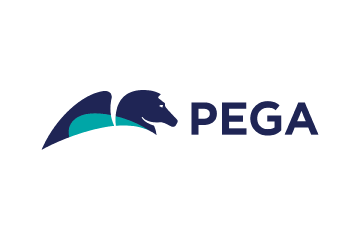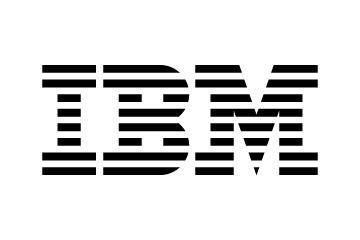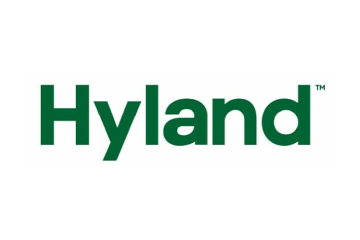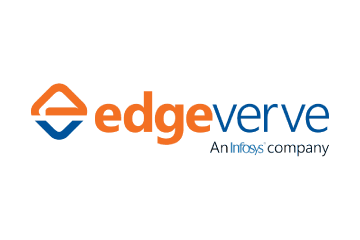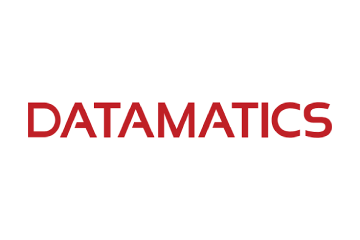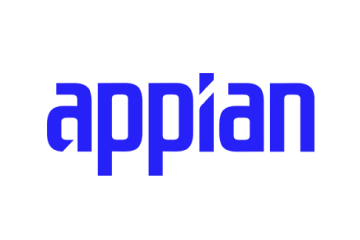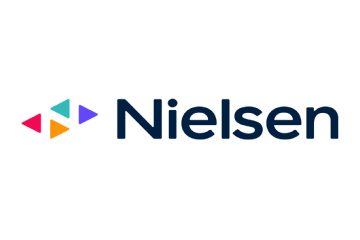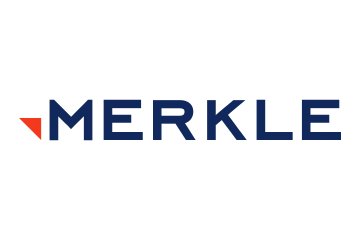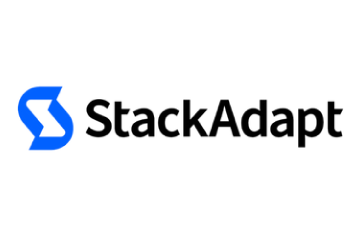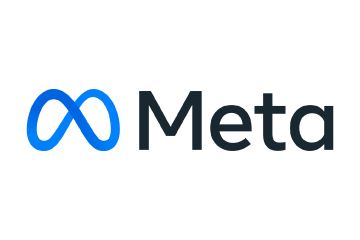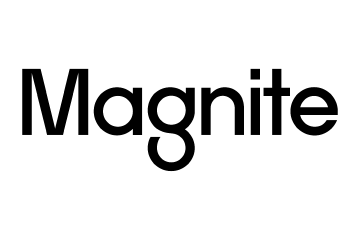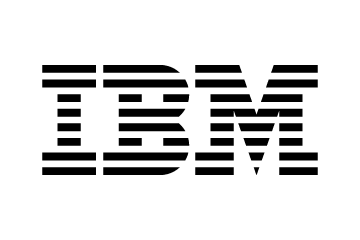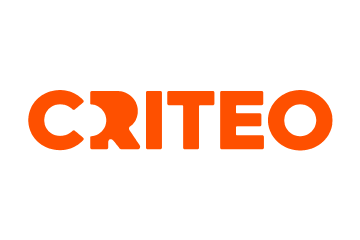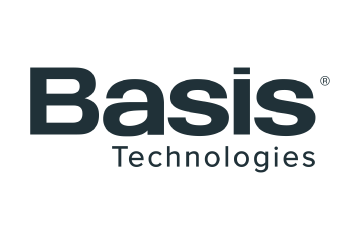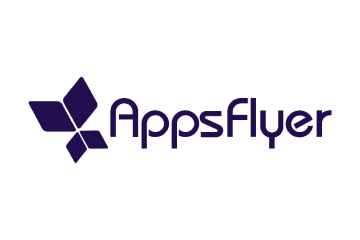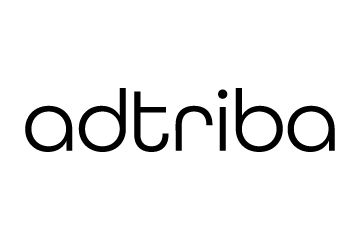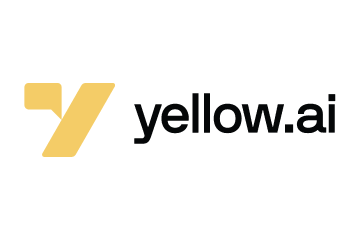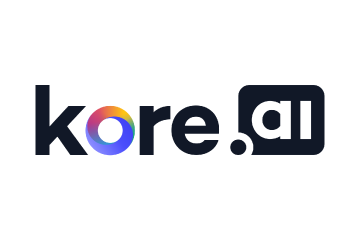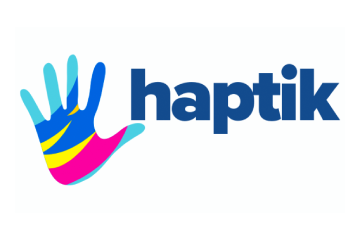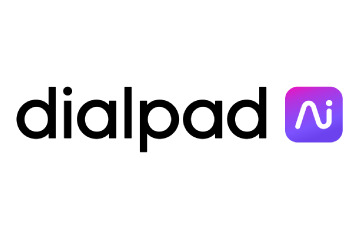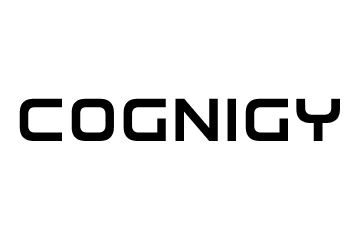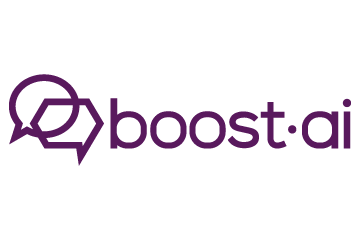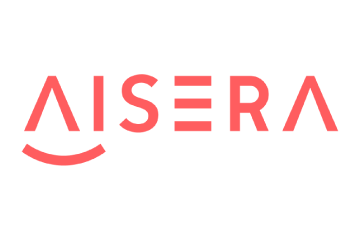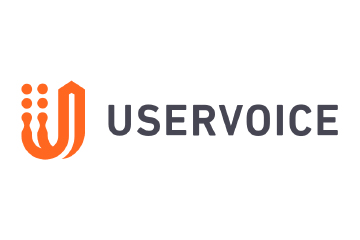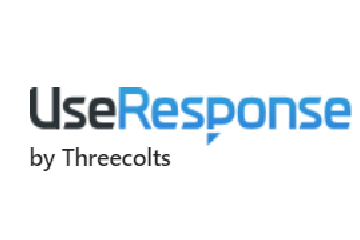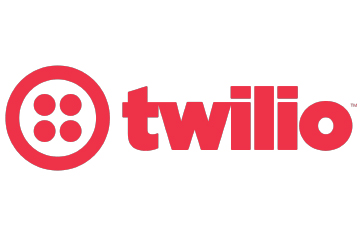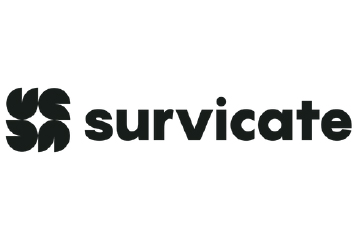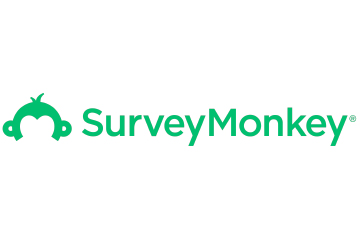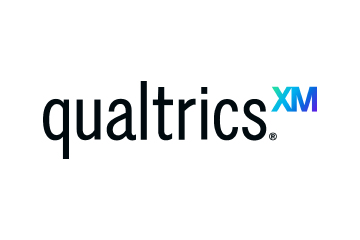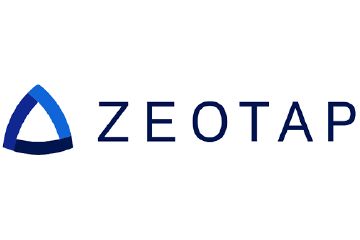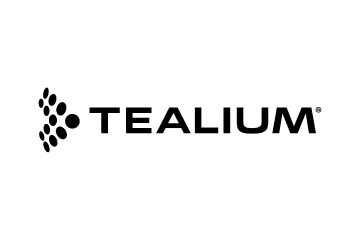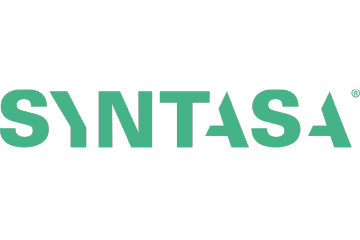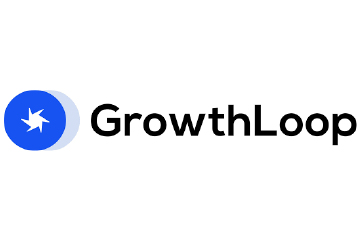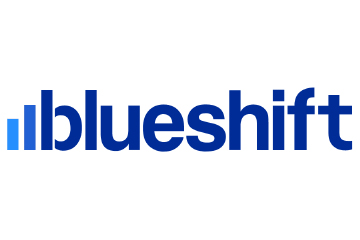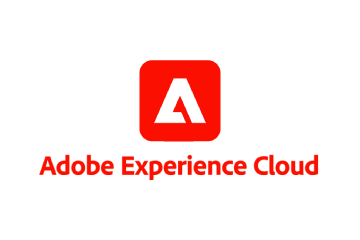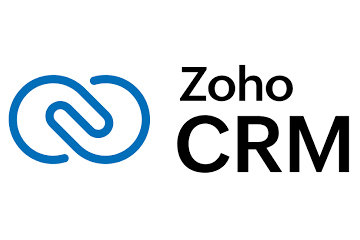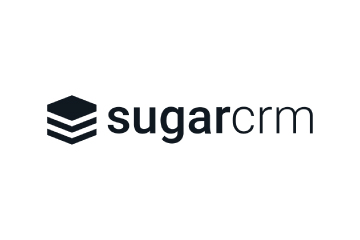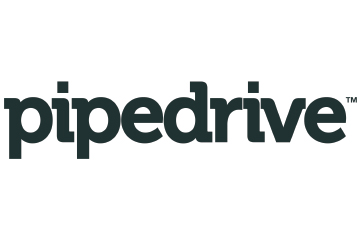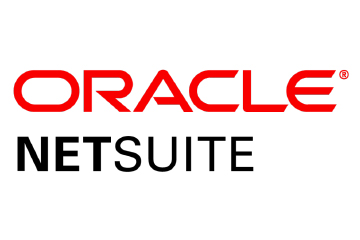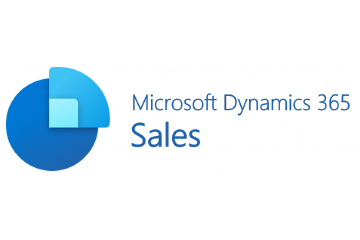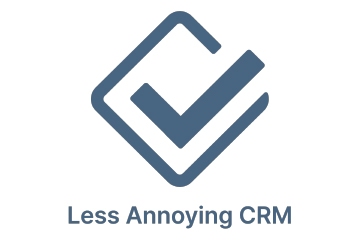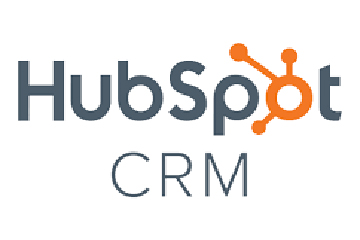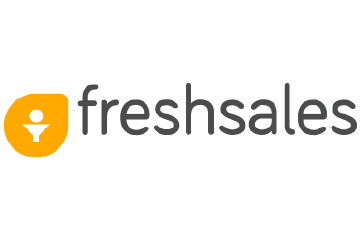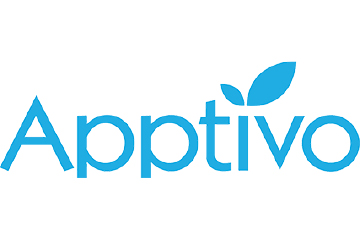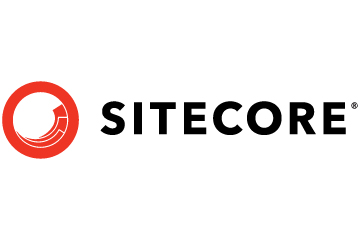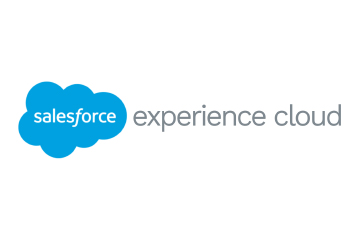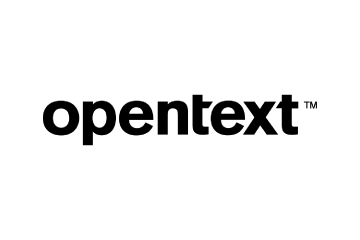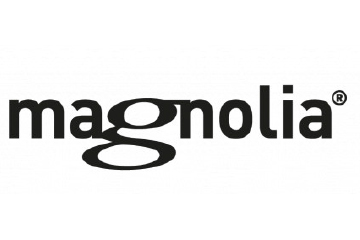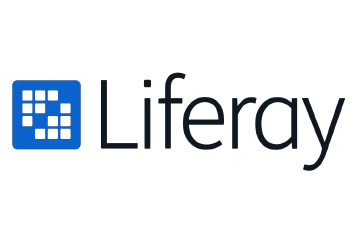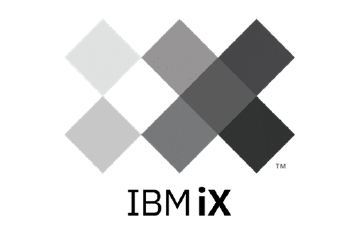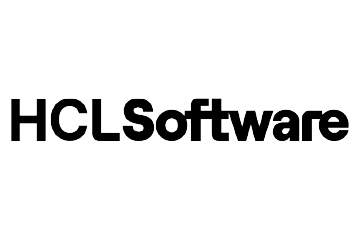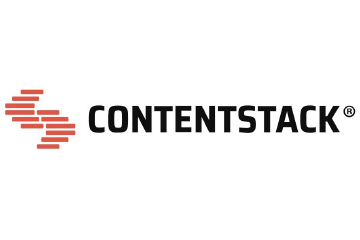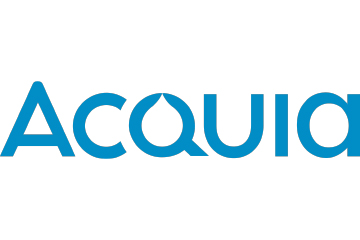Why Should Marketers Care About Data Clean Rooms?
Data clean rooms help marketers gather granular data from different sources and extract value, including profile enrichment, journey analysis, measurement, and activation Amid the death of third-party cookies, a data clean room is one solution to figure out audience targeting. The tech has been gaining pace as it adds refinement and allows brands to partner […]
Topics
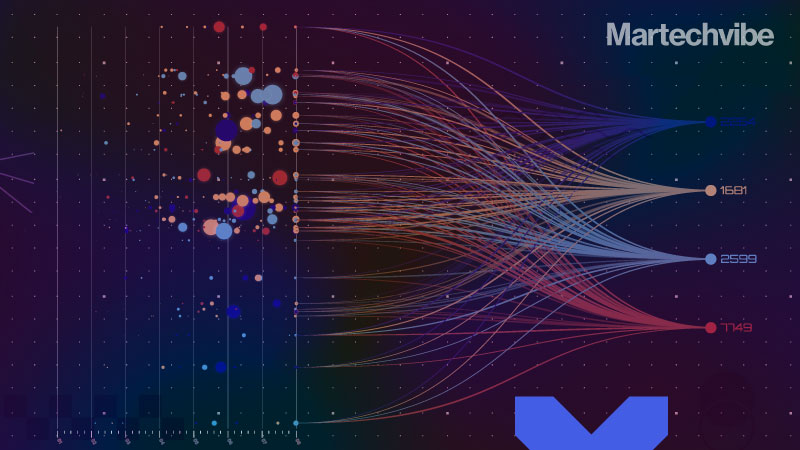
Data clean rooms help marketers gather granular data from different sources and extract value, including profile enrichment, journey analysis, measurement, and activation
Amid the death of third-party cookies, a data clean room is one solution to figure out audience targeting. The tech has been gaining pace as it adds refinement and allows brands to partner and secure an environment in which data from various sources is anonymised and made available for measurement or activation without compromising privacy – enriching their first-party records with interactions involving third parties. NBCUniversal, Disney, and Boots are among the dozen brands touting data clean rooms.
Last month, enterprise customer data platform ActionIQ and data clean-room platform InfoSum partnered to help users gain access to second-party data. The two companies integrated the former’s CX Hub with the latter’s Secure Data Clean Room, allowing marketers to access a privacy-centric environment to use first-party data from partners without third-party cookies.
Roku also announced a clean room that allows advertisers on the streaming platform to find and target CTV viewers they already have a relationship with through other channels. A clean room is a type of privacy-enhancing technology (PET). It is a secure environment where personal data from various sources is anonymized and made available for measurement or activation without compromising privacy.
Even Habu announced multiple new capabilities and integrations to help companies democratise data due to increased data privacy regulations and the depreciation of identifiers.
As data clean rooms rise in popularity, Gartner predicts that by 2023, 80 per cent of advertisers with media budgets of $1 billion or more will utilise data clean rooms with tech giants, brands, and startups alike, hastening the adoption curve across use cases beyond marketing.
Brands embrace the reality that the data that can create value will remain decentralised. With the right technology-enabled governance and automation, data clean rooms provide opportunities to use more data than ever before. Marketers can gather granular data from different sources and extract value and use cases, including profile enrichment, journey analysis, measurement, and activation.
Building the data clean room
Although marketers understand the importance and the potential of data clean rooms to draw on data, the transition has been slow. It appears that it’s not easy for them to discern how a data clean room, which varies in technical design, target use cases and applications, and source data inputs, can be a database for storing secure data and an application to extract new meaning from that data.
One brand might work with multiple agencies, demand-side platforms (DSPs), service-side platforms (SSPs), and data companies, not to mention connections to customer data platforms (CDPs), CRM systems, and shared databases. Then it becomes complicated. And managing this complexity requires constant management. And, of course, the huge cost that marketers need to rationalise in ways that are ROI-positive.
Furthermore, marketers need to know advanced analytical and technical skills to get value from it. Data must be federated so there’s a single source of truth, meaning fewer errors and data silos, happier customers, and more reliable business information to ensure easy sharing. Also important is clarity on how the data is stored. Marketers need to work with data privacy experts to weigh upon the right clean room and know how data is moved around and if it’s within their organisation’s legal framework.
For example, Boots partnered with InfoSum to target audiences across media partners in a “privacy-safe” way. Using the technology, Boots collaborates directly with broadcast video-on-demand and audio platforms and independently uses its first-party customer data to build tailored audiences and customers. The partnership between Boots and InfoSum will offer additional scale and reach to brands, delivering campaigns across all media partners in the InfoSum ecosystem.
Disney is working with InfoSum and Snowflake to help onboard brands into the clean room system where its data partners can scan Disney’s audience data and brand data for audience matches and near matches. Reportedly, the company has built around 2,000 targetable audience segments, which has implications for campaign measurement and attribution.
There’s no doubt that cleanrooms offer benefits to marketers. Firstly, it allows marketers to access more data while complying with regulations: With clean rooms’ security and access controls, marketers can get detailed reporting and track attribution more effectively. Secondly, they can build custom audiences on social media platforms and fine-tune their ad targeting. Finally, data clean rooms allow marketers to conduct in-depth analysis on combined data sets to gain insights into customer behaviour, segmentation, and customer lifetime value.
Data clean rooms have come a long way since Google launched it in 2018, where marketers could only measure the performance of their ads on Google’s platform but remained disconnected from the rest of the media plan. Now, they don’t have to work with solutions that let them measure marketing data within a walled garden; there are clean rooms that let them get insights from the data and activate them too.
Although data clean rooms open up opportunities for marketers, support for the end-to-end workflow of data and a flexible privacy paradigm to collaborate with other parties is also needed. Marketers who can build such data clean rooms will be the ones that thrive. Now, it’s a matter of how they evolve.
If you liked reading this, you might like our other stories
Get Your Data Machine Learning Ready
5 Data Management Best Practices Marketers Must Know







